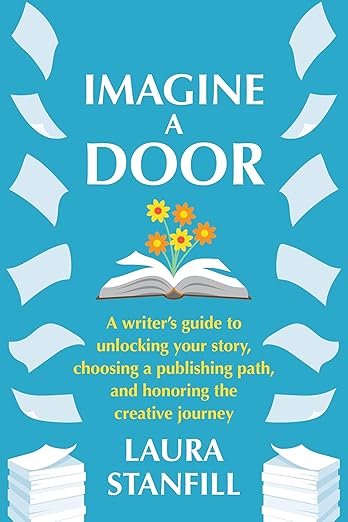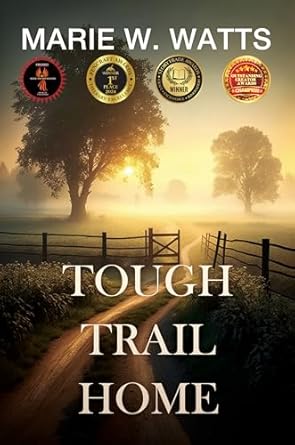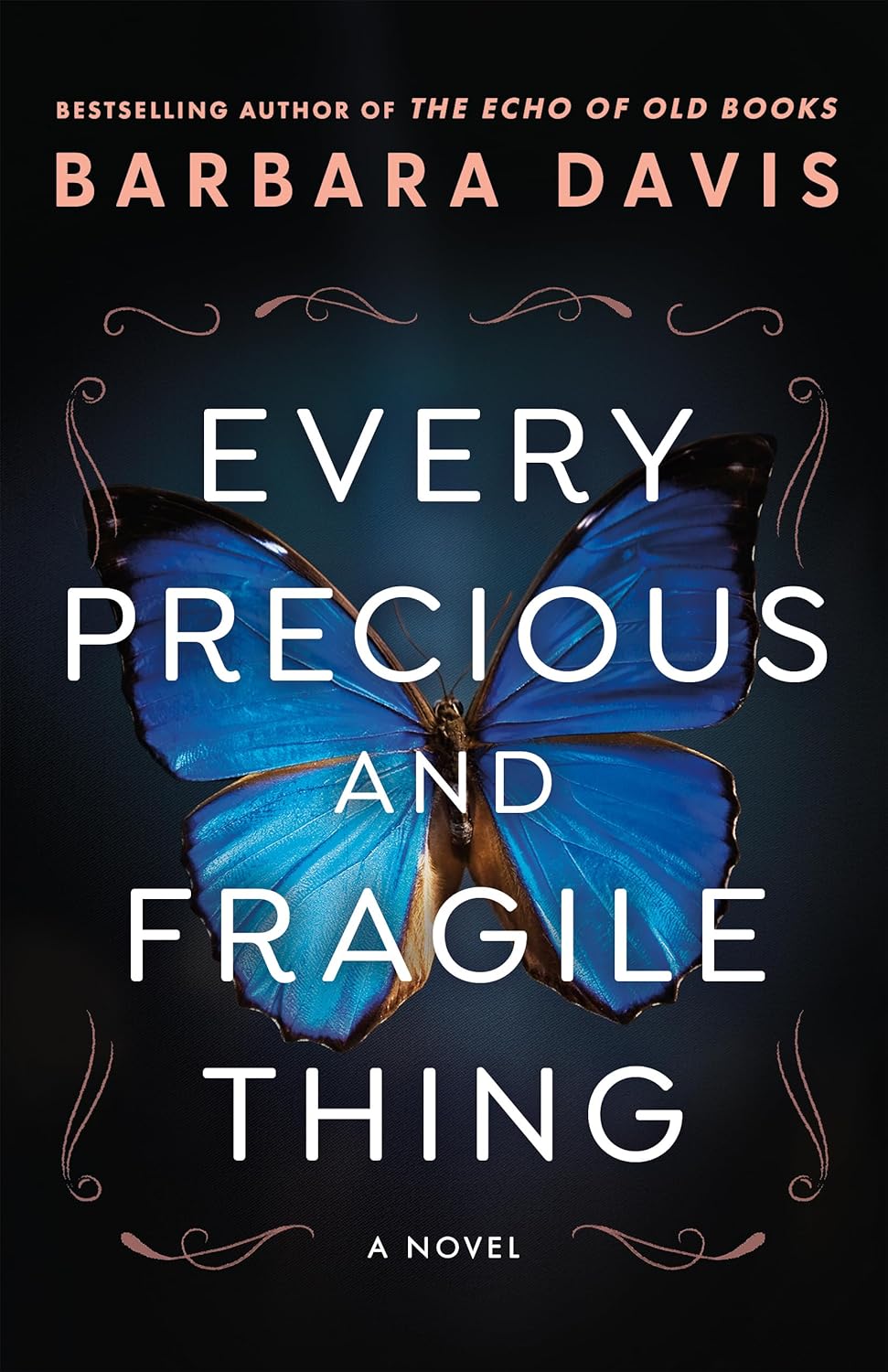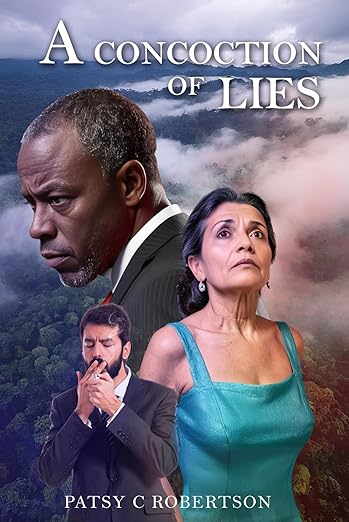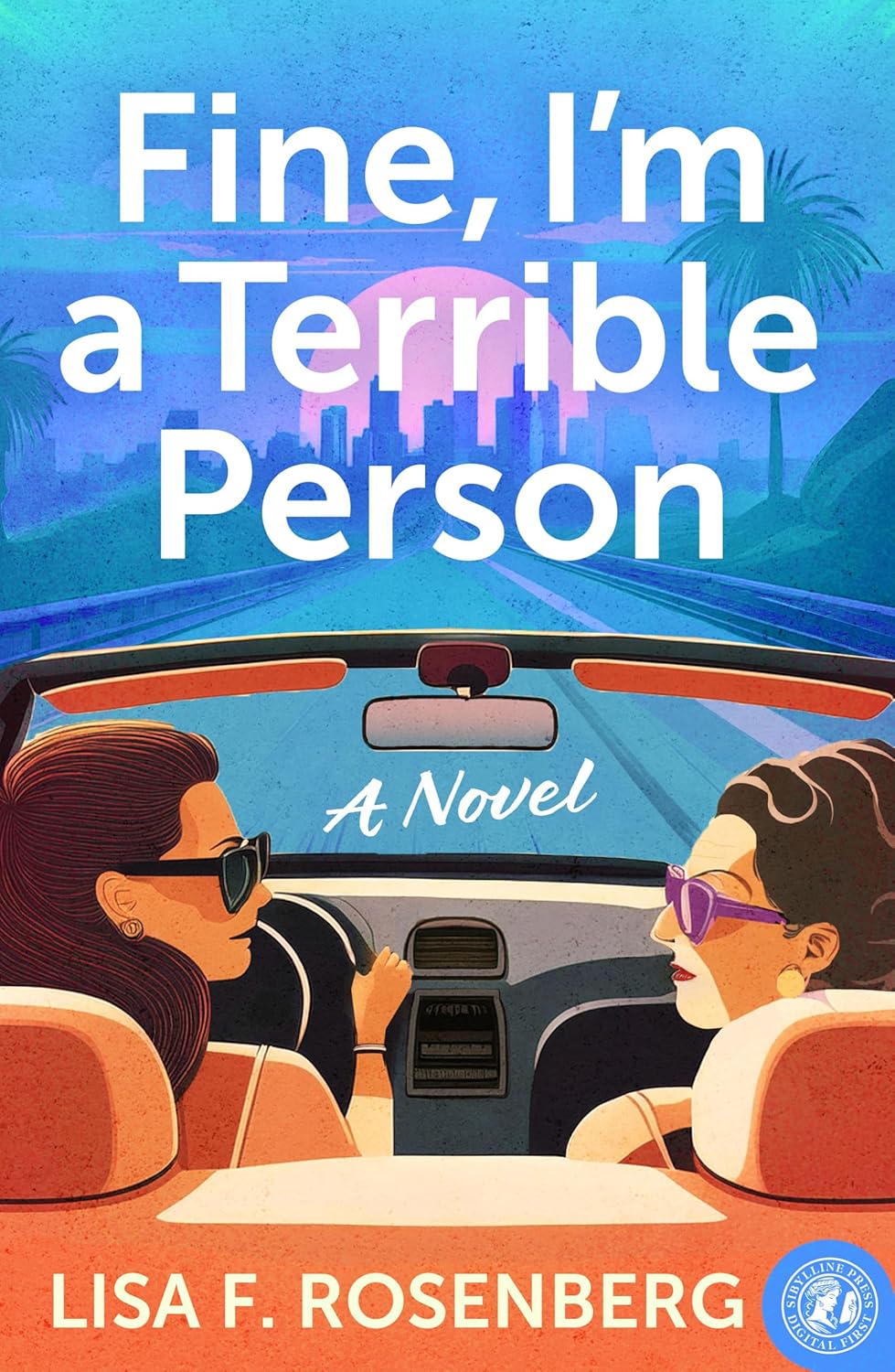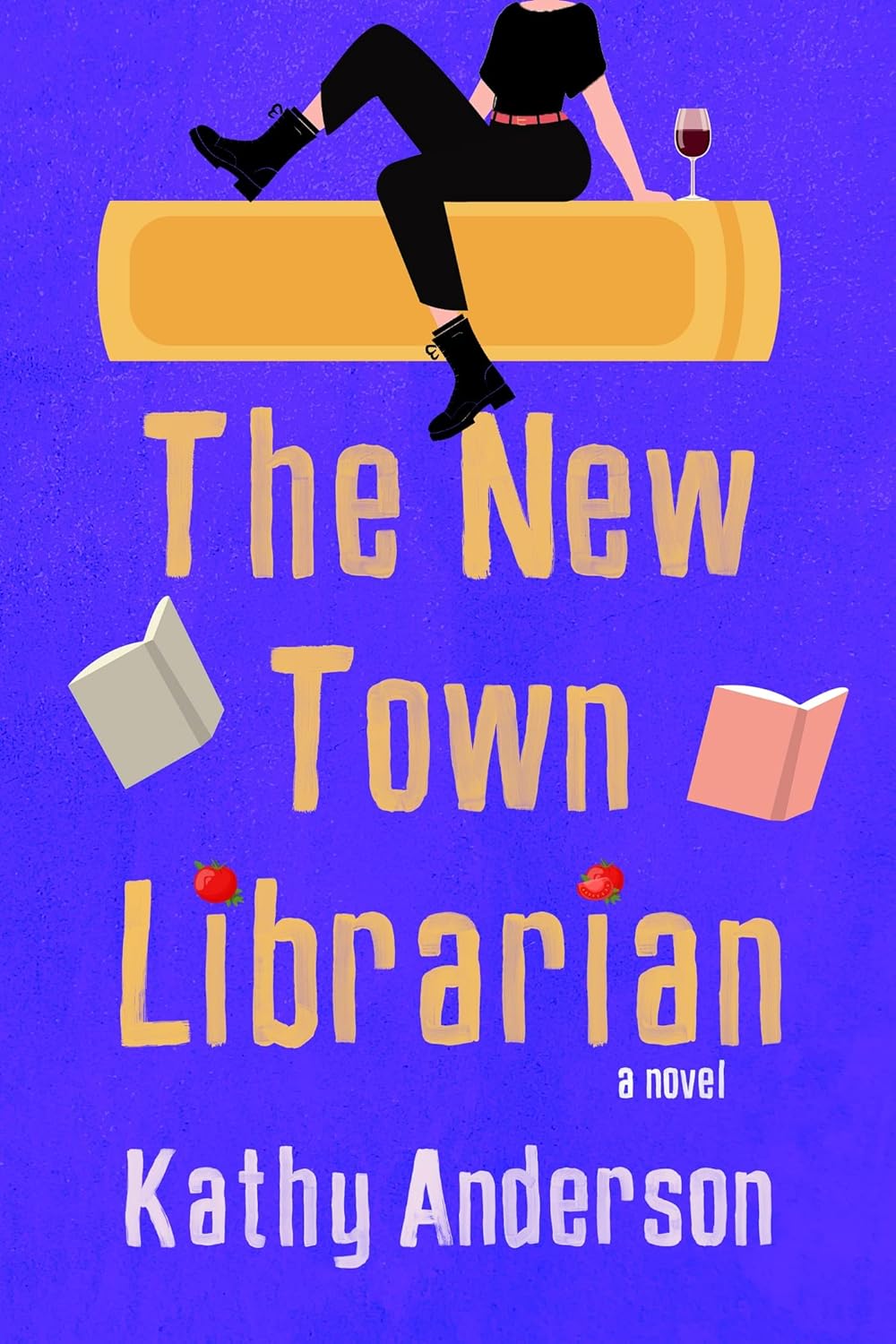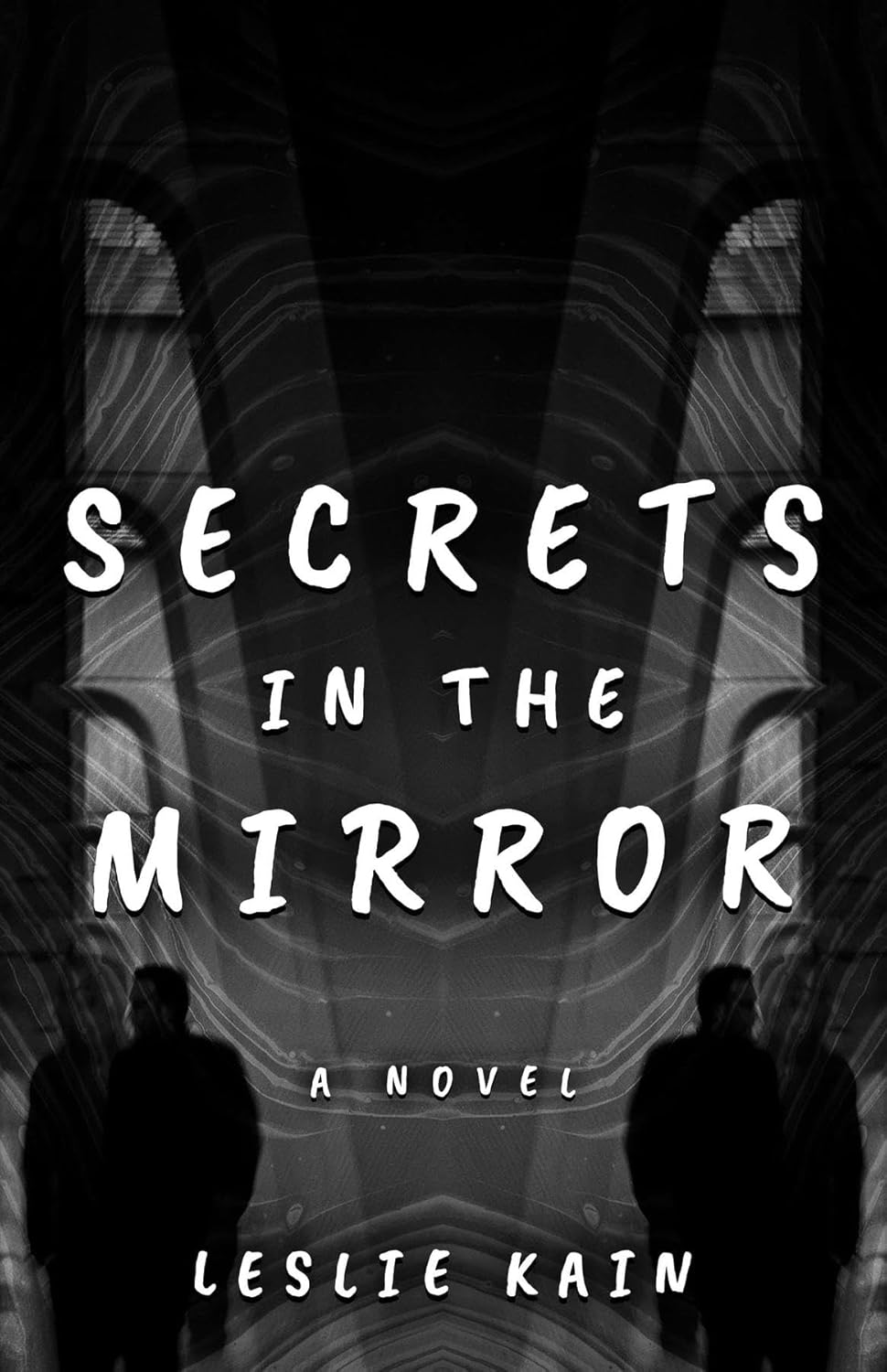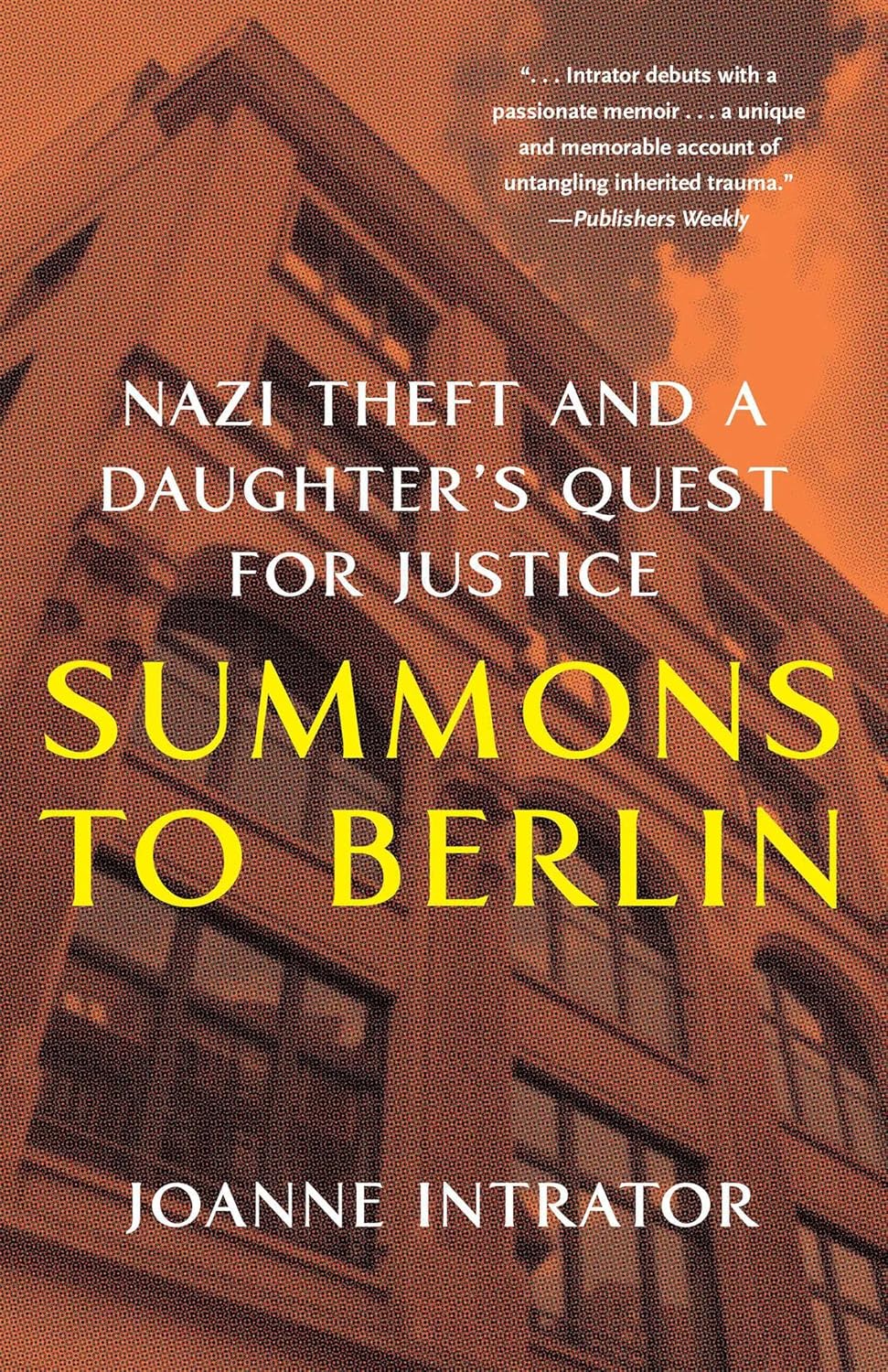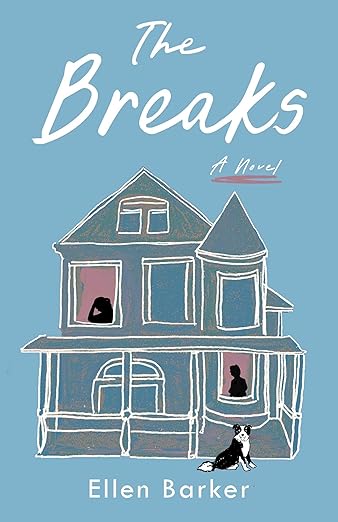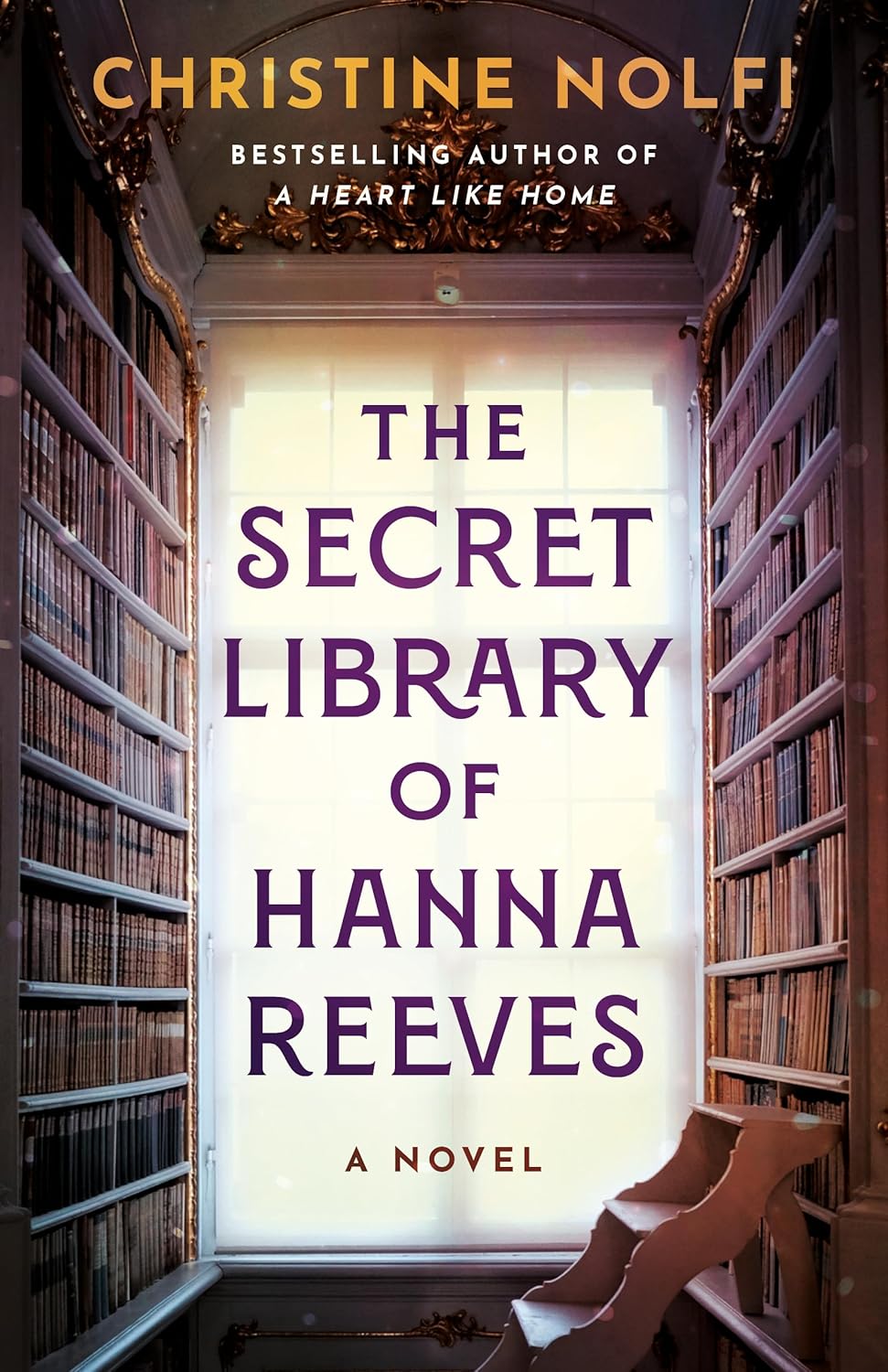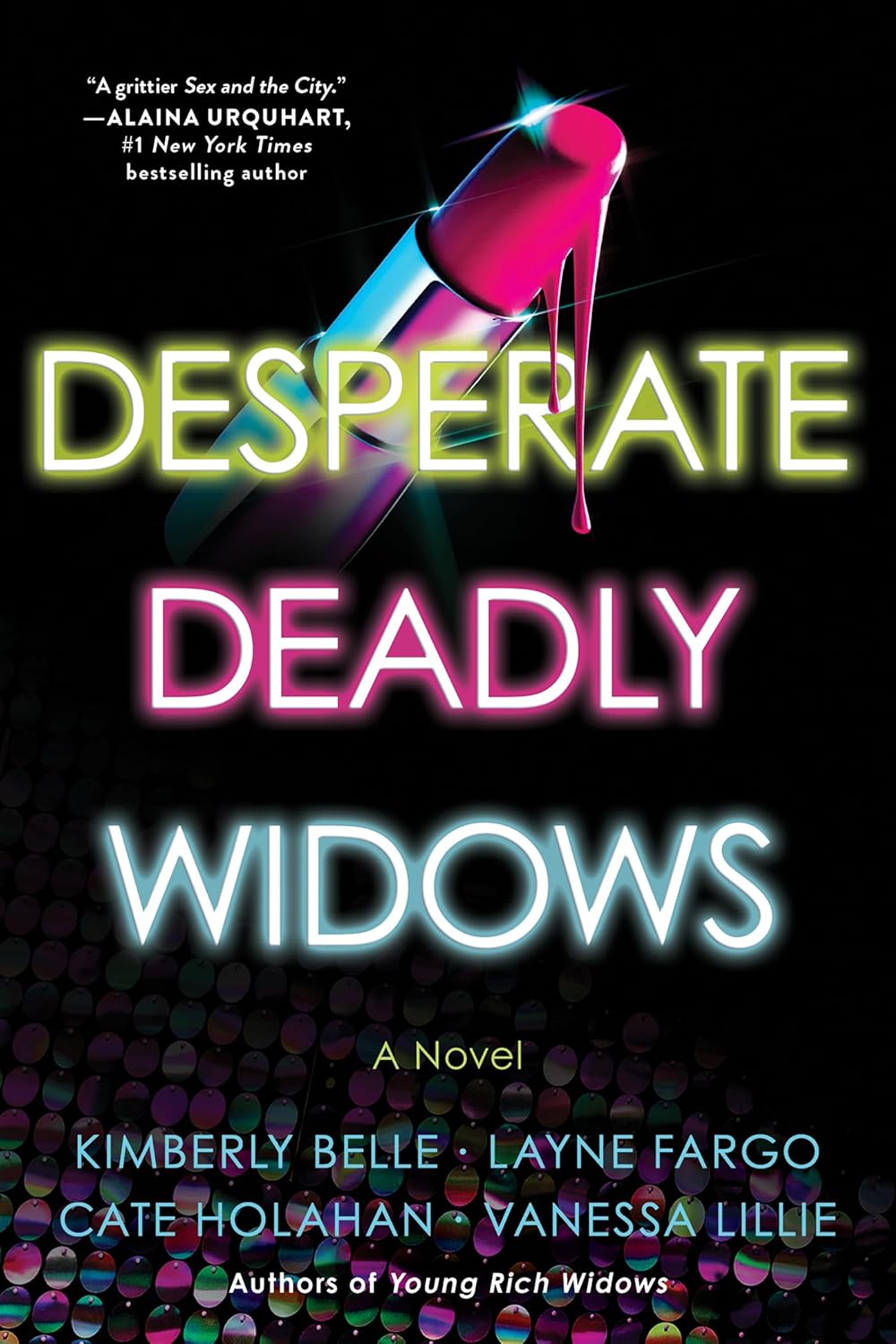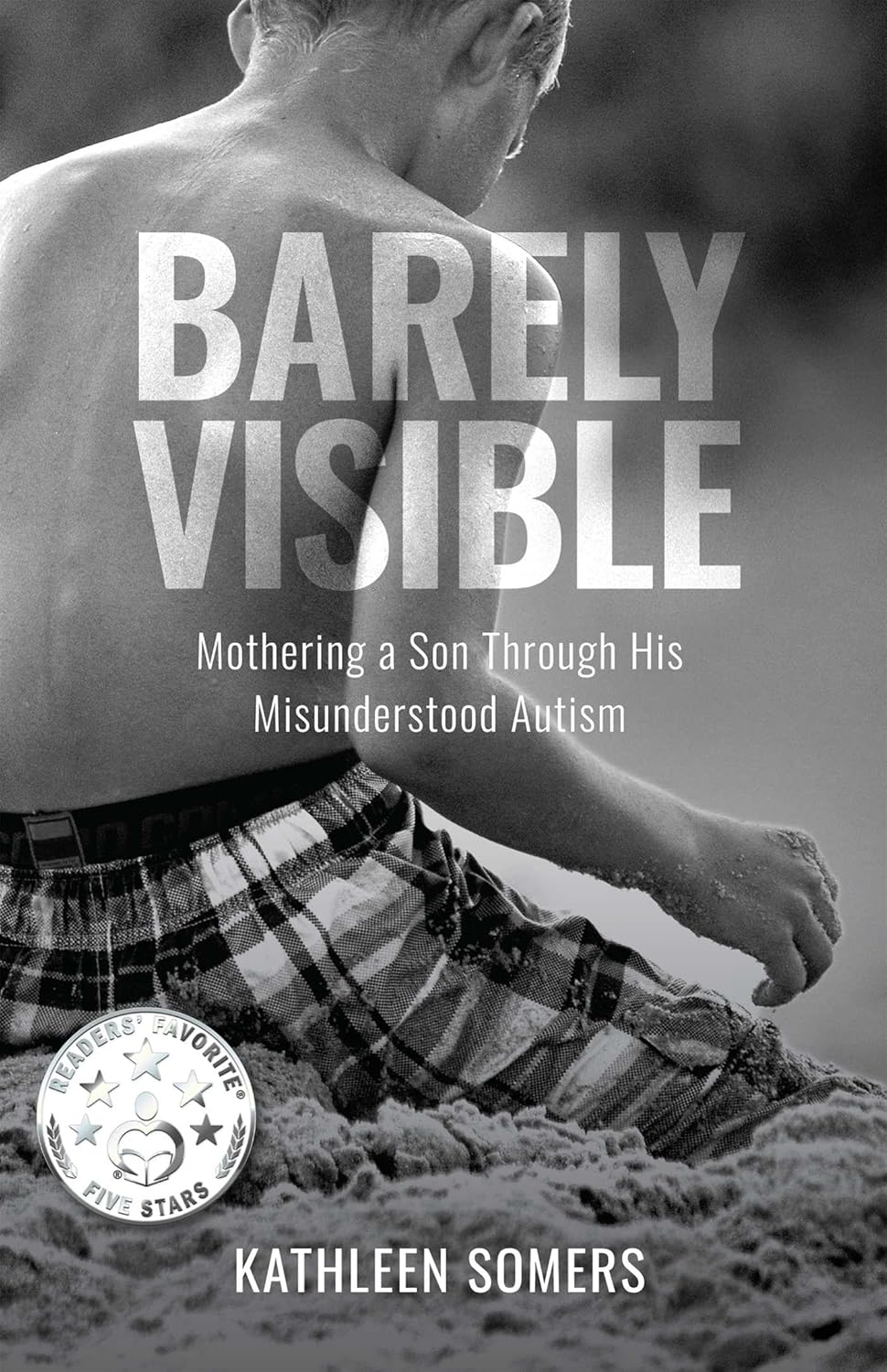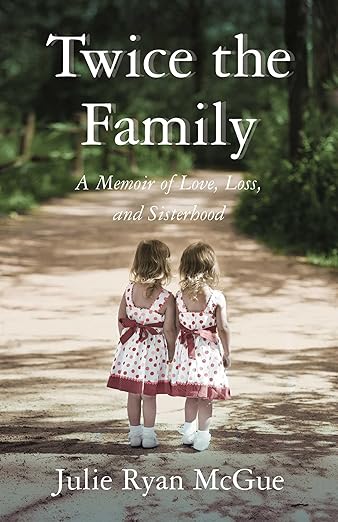From Junkie to Judge: Using My Story to Advocate for Others
From Junkie to Judge: Using My Story to Advocate for Others
By Mary Beth O’Connor
 From Junkie to Judge: One Woman’s Triumph Over Trauma and Addiction took seven years to progress from initial idea to completion. In 2014, when I was 20 years sober, I was appointed a federal administrative law judge. This accomplishment prompted me to reflect on my life. How had I transitioned from drinking at 12 years old, to shooting methamphetamine at 17 and for much of the next 15 years, to judge? Was this a unique story that would interest and encourage others? Could I parlay my history into opportunities to talk about multiple pathways to recovery? If I divulged how child abuse and sexual assault shaped me, could I reduce shame and stigma about addiction, promiscuity, cutting, or other dangerous decisions?
From Junkie to Judge: One Woman’s Triumph Over Trauma and Addiction took seven years to progress from initial idea to completion. In 2014, when I was 20 years sober, I was appointed a federal administrative law judge. This accomplishment prompted me to reflect on my life. How had I transitioned from drinking at 12 years old, to shooting methamphetamine at 17 and for much of the next 15 years, to judge? Was this a unique story that would interest and encourage others? Could I parlay my history into opportunities to talk about multiple pathways to recovery? If I divulged how child abuse and sexual assault shaped me, could I reduce shame and stigma about addiction, promiscuity, cutting, or other dangerous decisions?
I began taking notes while in judge training, cataloging major events and illustrative examples as they occurred to me. I made lists of my self-harming behaviors and what caused me to make such choices. I thought back to who I’d originally been as a little girl and how I’d lost my connection to her due to trauma and consuming massive amounts of meth. I added some sweet moments with my sister and friends, and my happy experiences at school. I put all this into chronological order and divided it into chapters.
Then I realized that I didn’t know how to write a memoir. I was an excellent legal and business writer, which might be an advantage in this new genre. Still, I hadn’t read many memoirs and had never focused on the technical aspects. This realization excited me because this project would be an intellectual challenge and expand my skill set.
I dove into classes on numerous aspects of memoir and fiction writing. I absorbed Mary Karr’s The Art of Memoir and craft books on dialogue, writing emotion, and developing themes. I read a wide variety of memoirs, particularly those about addiction, trauma, and recovery. To my surprise, I learned memoir should be written like a novel, immersing the reader in the scene, but also be balanced with summary. I evaluated structure options and played with different writing styles. And I went back to each chapter outline and added my reflections and thoughts the reader could take away with her.
As to the caveat that memoir is not autobiography, I analyzed the scope and arc of the memoirs on my shelf and pondered options for my story. I concluded that most addiction and recovery memoirs don’t include the entire saga. This prevented the reader from fully fathoming why the writer developed a substance use disorder and how she recovered. I decided to take a more comprehensive approach. That is, I would include the child abuse, sexual assaults, and other traumas that pushed me toward childhood drug use and kept me in my addiction, then describe the consequent chaos and misery. I’d cover the first years of my sobriety so I could explain how and why I built a personalized recovery plan, which I also applied to my post-traumatic stress disorder. In an appendix, I would provide guidance for those interested in these techniques.
At writers’ conferences and in critique groups, the input on my early efforts was “go deeper.” This frightened me because it meant that I had to reconnect with my younger self and re-experience, emotionally, the most difficult events of my life. Nevertheless, I followed this advice. I would close my eyes and visualize the setting, in detail, such as the location of the assault, how the room was laid out, my age, exactly what my assailant and I did, and my feelings. I’d recall my reaction afterward and offer up my current perspective.
From this work, I gained a new appreciation for my younger self. I had stood up for myself at times and developed strategies to reduce the abuse even though I could not eliminate it. I’d intervened on my siblings’ behalf to protect them. I’d survived a life-threatening rape, probably because I stayed calm and handled my attackers in a thoughtful way. Rather than criticizing and second-guessing myself, as I had for years, I now felt proud. I’d done the best I could under horrific circumstances.
The result of all this was to broaden my goals for the book. I would be open about my history, including my problematic choices. Through my story, I would educate the reader as to why those with trauma histories often turn to drugs and other self-harming behaviors. And I would relay how the abuse left me so hopeless that I was unable to envision any path forward to a better future. Plus, do this without creating a misery memoir, which meant including my strengths and some happy times.
I’d then bring the reader with me through my early recovery. I would reveal the challenges of building a solid sobriety foundation and healing from trauma, but also my successes. By doing so, I could encourage the reader to have compassion and a willingness to help. For my sisters and brothers in active addiction and suffering from the ramifications of abuse, I could remind them of the infinite options before them, if only they can find enough hope to begin doing the work to repair the damage and to learn how to live their best life.
Ultimately, I wrote a memoir that uplifts the reader, since it is a story of resilience and overcoming numerous obstacles. And proof that hard work and persistence can overcome long odds, even when you wait until 32 years old to begin the journey of recovery.
—
From Junkie to Judge: One Woman’s Triumph Over Trauma and Addiction is available now for preorder and will release on January 15, 2023 by Health Communications Inc.
Mary Beth O’Connor has been sober since 1994. She has also been in recovery from abuse, trauma, and anxiety. Six years into her recovery, Mary Beth attended Berkeley Law. She worked at a large firm, then litigated class actions for the federal government. In 2014, she was appointed a federal administrative law judge, which position she held until 2020.
Mary Beth is a director, secretary, and founding investor for She Recovers Foundation and a director for LifeRing Secular Recovery. She regularly speaks about multiple paths to recovery, to groups such as Women for Sobriety. Mary Beth’s op-ed, “I Beat Addiction Without God,” where she described combining ideas from several secular programs to create a robust recovery foundation, appeared in the Wall Street Journal.
Twitter: @marybetho_
About the book:
 From a junkie addicted to methamphetamines to a federal judge, Mary Beth O’Connor’s memoir shares her inspiring journey from rock bottom to resilience as she forged a personal path to recovery from trauma and addiction.
From a junkie addicted to methamphetamines to a federal judge, Mary Beth O’Connor’s memoir shares her inspiring journey from rock bottom to resilience as she forged a personal path to recovery from trauma and addiction.
Searing, unsettling, and ultimately triumphant, Judge O’Connor’s debut memoir takes readers on a wild ride through the rock-bottom underbelly of intravenous drug addiction to the hallowed halls of justice where she rose to the pinnacle of success as a federal judge.
With wit and unabashed honesty, O’Connor shares her remarkable three-phase journey: the abuse and trauma that drove her to teenage drug use, the chaos that ensued from her addiction; and how she developed a personalized secular recovery plan that led to 29 years of sobriety. Her story proves any addict can recover and anyone can build a productive and happy life, no matter how low the bottom or how deep the pain.
Within a week of being born, O’Connor was dropped off at a convent. When she was brought into her home, her mother focused on her own needs and desires, ignoring her young child. When she was 9, her stepfather kicked her in the stomach for spilling milk, beat her when she didn’t clean a plate to his satisfaction, and molested her when she was 12. A few months later, with her first sip of Boone’s Farm Strawberry Hill wine, her life changed. She felt euphoric and relaxed. So she got drunk as often as possible, adding pot, then pills, then acid. At 16, she found her drug of choice–methamphetamine. With her first snort, she experienced true joy for the first time. When this high was no longer sufficient, she turned to the needle and shot up.
During the next 16 years, she descended into a severe meth addiction, working her way down the corporate ladder, destroying relationships, and shattering her physical and emotional well-being.
At 32, she entered rehab, where she was ordered to submit to the 12-steps of Alcoholics Anonymous. As an atheist, turning her will and her life over to a higher power was not an option, and she refused to agree she was powerless. Told to comply or fail, she bravely created a new path that combined ideas from multiple programs and even incorporated some AA concepts.
Clean and sober now for nearly three decades, she is proof that anyone can find their sober self, their best self, no matter how far they have fallen. Along with her inspiring story, she offers a comprehensive checklist of questions for readers to ask themselves as they take the brave steps toward recovery, offering a powerful blueprint for personal change.
BUY HERE
Category: How To and Tips




